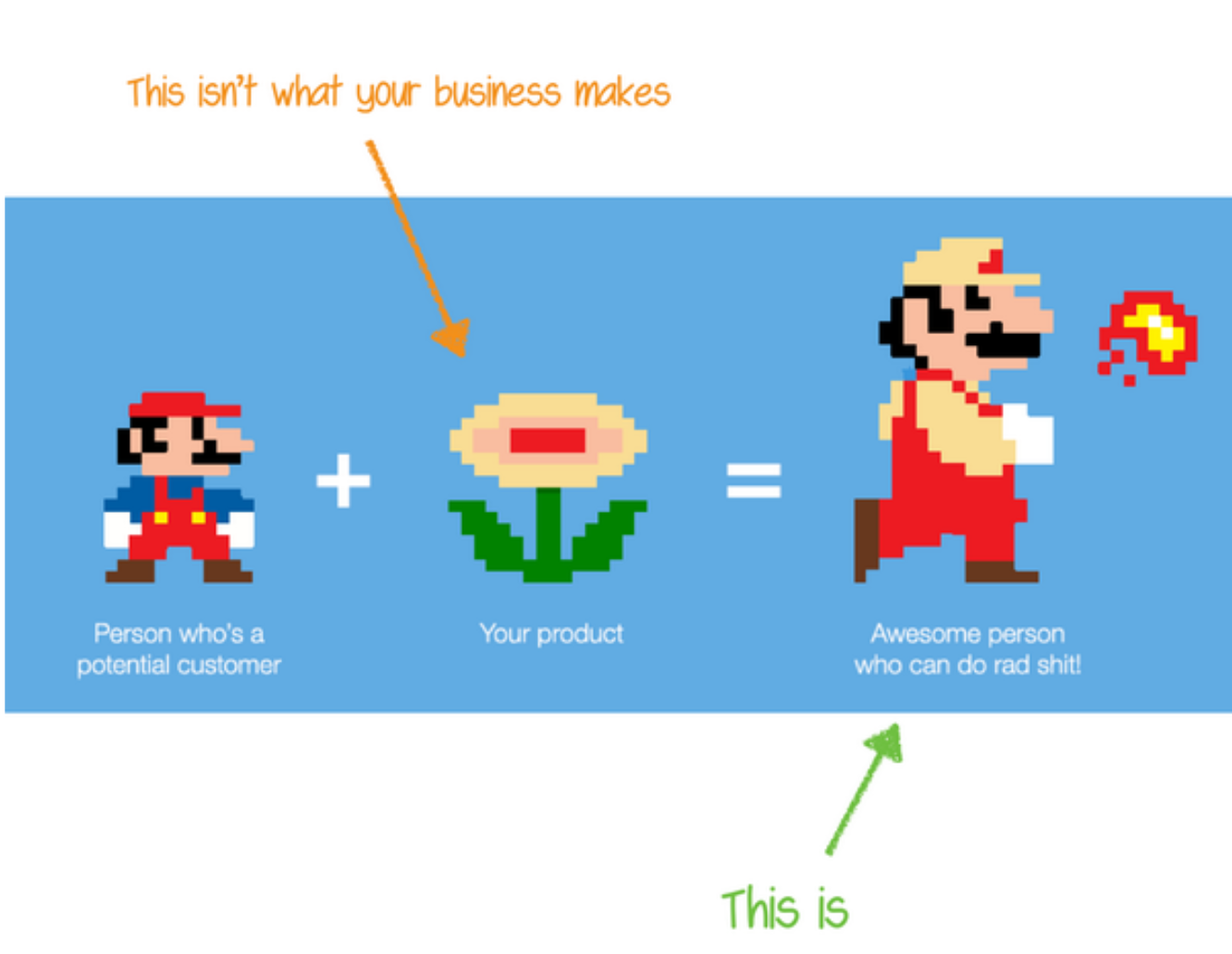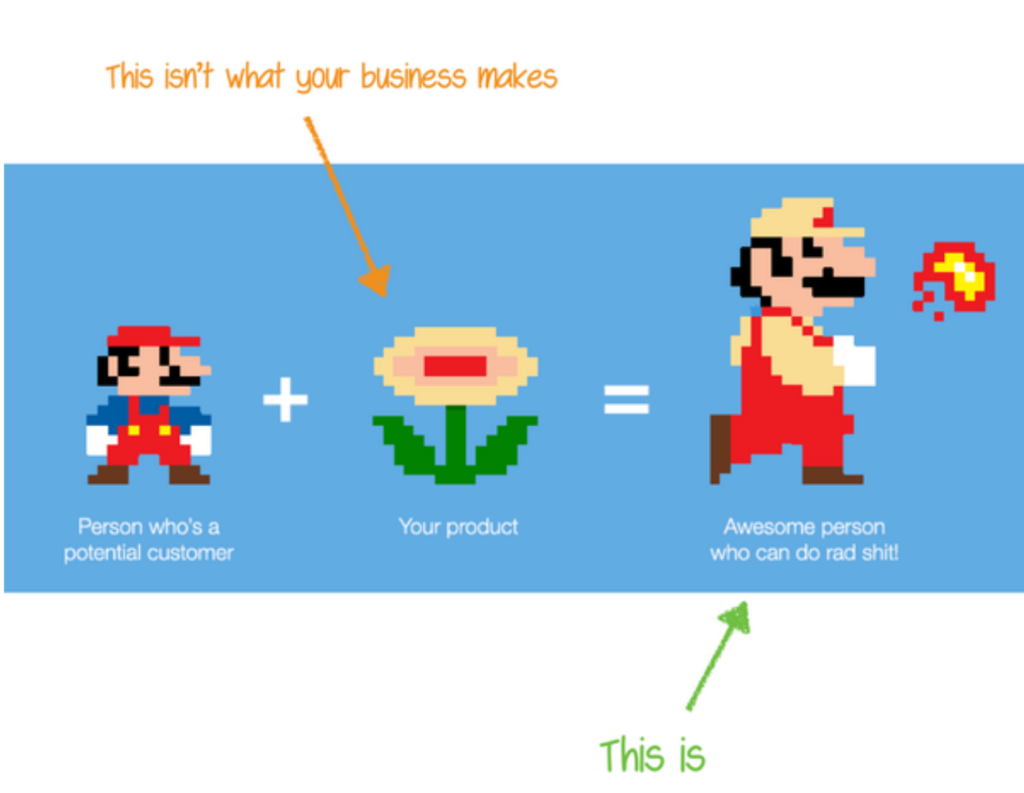Q&A on Bringing Enterprise Products to Market with Aneel Lakhani

Following Aneel’s presentation to founders of enterprise startups at Flight 2020, we sat down to discuss what he’s learned being the first marketing hire at 5 enterprise software startups.
Note: edited for length. [Scott tried. He really did.]
Scott: Aneel, you have helped to bring dozens of products to market in your career. What’s the most important lesson you have learned to date that you think every founder should be aware of?
Aneel: I wish there was just one. But if I had to choose, maybe it’s this: care deeply about all the experiences your users or customers have with you. Not just the product experience or the website experience or the sales experience. Every single experience.
Scott: In your presentation you talk about going to the right market. For startups that only have a handful of paying customers and a limited pipeline, at what stage do the Founders need to decide which market to tackle? What evidence should they be looking for before making this tough decision?
Aneel: The ideal case, the hopeful case, is that whoever you solved the problem for in the first place–there are mountains of them and they have money to spend and this problem is a real epic pain.
Then you just need to figure out the mechanics of getting in front of them and executing the sale.
Often though, the reality is what you pointed out: the real market today might not be big enough.
I think you have to be looking for signs of this constantly from the very beginning. As good counterfactual hygiene, looking for holes in your own thesis. Or have someone who does this for you. As soon as you have any indications to that effect, immediately shift all your attention to expanding the market or pivoting to a bigger one.
That’s the simple version, anyway. 🙂 There’s always nuance.
For instance, if there are two appealing market segments where one is hard to do business in and has long sales cycles with large ACVs and another that is easy to do business in with shorter sales cycles and small ACVs–you have to decide what business you want to build and which you’re going to be better at. Which is more about asking yourself what you and your team are better suited for.
Or maybe your product boxes you into a particular market. It might be so frictional, so much work to implement and support, and need to be so highly priced–that you have no choice but to pursue the large-ACV market.
Scott: You always talk about making stories awesome, but in your presentation you flipped it to make it about the customer’s story. Can you talk about what you mean and how you can achieve this?
Aneel: This is a cliche that marketing people like me love to trot out. But it also happens to be true.

Someone might find your product interesting. But the reason they spend time and money on it is because it makes their life better in some way. They don’t buy it because it’s a great product. They buy it because it solves their problem, makes them look better, advances their goals. That’s what makes it a great product.
If you build something truly innovative, you’ll find that people have a hard time seeing how much better things will be because of it. That’s not their problem. That’s your problem. You need to figure out how to show them that their story is going to get better. Your story, self-centered and about you, will not do that unless they can see themselves in it.
Scott: It’s well understood that Founders should map the customer journey as soon as they have any data. How can Founders begin to understand where they should be spending their limited resources to take friction out of the customer journey?
Aneel: I don’t think it’s well understood. Cause they don’t do it.
Getting together with your team and drafting out the whole journey from the first time someone hears about you and then every step they go through in becoming a customer and then getting onboarded and then growing instead of churning–is so illuminating, that for most teams, it becomes self-evident where to focus. You know when and where you’re losing people. It becomes pretty straightforward to determine whether you’ll get the most out of increasing top of funnel leads vs creating an easier free trial onboarding vs intentionally introducing friction to filter out poorly qualified leads before they consume your team’s time.
On the flip side, if you don’t have that journey mapped out, you’re making decisions based on a partial model of the system. Which only works if you get lucky.
Scott: As you know, there are very few product marketers in Europe. High level, what does a product marketer do and is it possible to train someone to succeed in this job?
Aneel: The exact composition of what the role does can be completely different company to company. But what’s always true is that product marketers bridge the storytelling gap between product capabilities and value to the customer.
At base, that means messaging and positioning. But often it’s also customer marketing, technical marketing, product launches, content for demand gen campaigns, competitive positioning, content used by sales, analyst relations, pricing, packaging, and much more.
Like with any skill, not everyone is interested in or well suited to it. But I absolutely think it can be trained. I didn’t start out being good at it. Arguably, I’m not that good at it now. It’s just that the bar is not very high in the world for communicating across disciplines.
Scott: How do you measure the success of product marketing?
Aneel: This is something I repeat a lot: product marketing is essentially a service function.
So a lot of it is: how well is product marketing supporting other functions. Did product marketing materially add to sales velocity, increase ACVs, get good coverage on a launch, position the company well with analysts, etc?
Even if things like messaging are qualitative in nature, you can measure their impact quantitatively. Like a contribution margin.
Scott: What are the persistent themes that you’ve seen arise once a company reaches PMF and starts to invest more into building out sales and marketing teams?
Aneel: Hiring too much, too fast, too early.
- Thinking you have PMF when you don’t
- Hiring too senior, like someone to scale a playbook when what you need to do is discover the playbook
- Building a large sales team without any marketing support
- Under leveraging marketing
Hiring too little, too slow, too late.
- Expecting the product to market and sell itself
- Waiting until you have a “perfect” product before you test it against the market
- Not hiring someone to help you figure out the playbook faster
- Hiring too junior, like someone to execute drip campaigns when what you need to do is figure out whether an inbound strategy is feasible
Not caring about execution.
- Abdicating responsibility for the business instead of delegating and managing goal achievement
- Not transferring and adapting what’s in the founders’ brains to the go to market team
- Losing customers because they have bad experiences in marketing and sales touchpoints
- Letting your teams waste loads of time on things that aren’t working
Scott: Thank you so much for sitting down to share your thoughts on one of our favorite topics!
Here are Aneel’s Slides on Uncomfortable Truths on the Path to Market and full 15 minute presentation from FLIGHT 2020.
Uncomfortable truths on the path to market: slides